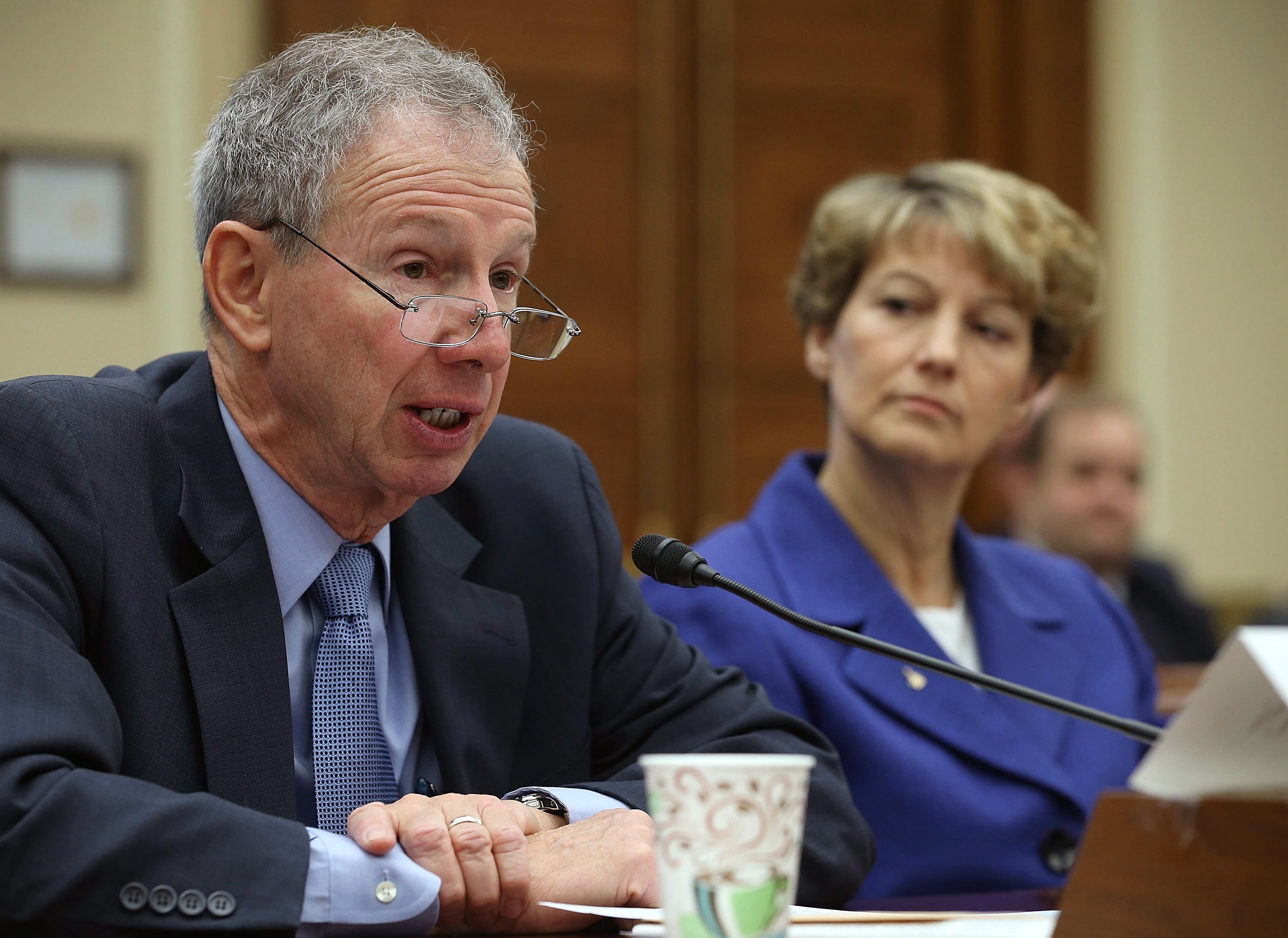WASHINGTON — The U.S. government’s Space Development Agency will officially become part of the Space Force in October 2022, its director told reporters Tuesday.
That timeline is a major test for the fledgling organization, which was created last year and plans to launch its first satellites mere months before the Space Force takes it under its wing.
“[October 2022] is still the timeline we are working under,” SDA Director Derek Tournear said about the merge with Space Force during a Jan. 21 roundtable. “That works for a lot a of different [reasons] ... primarily that will allow us to have [satellites] up and operational, to be able to demonstrate the capabilities of a proliferated system and how that fits in.”
When SDA launched last March, it was tasked with creating a proliferated architecture of hundreds or potentially thousands of small satellites that would be organized in different “layers” specializing in operations ranging from deep space situational awareness to providing an alternative to GPS.
The organization plans to launch its first several dozen or so satellites — what Tournear calls “tranche zero”— by the end of fiscal 2022, which ends Sept. 30, 2022. Those satellites will offer additional communications connectivity and targeting information to terrestrial assets.
By that point, how the defense enterprise procures space assets will look markedly different, with a single assistant secretary of the Air Force for space acquisition and integration in charge of overseeing all space acquisition organizations, to include the Space Rapid Capabilities Office and the Space and Missile Systems Center, which are both led by the Air Force, as well as the SDA.
SDA, which is currently housed under the Office of the Secretary of Defense, hasn’t always been popular with Pentagon officials. Then-Air Force Secretary Heather Wilson publicly deriding the organization at the time it was established. While opposition to the SDA quieted down after her departure, analysts have raised questions about the organization’s longevity and whether it will survive once subsumed by Space Force.
RELATED

When asked whether SDA will survive if it doesn’t launch its first satellites by October 2022, when the Space Force takes it over, Tournear was confident. “I don’t even understand the question, it doesn’t compute,” he said. “Of course we’ll be up by then.”
To be able to meet that timeline, SDA plans to move at a breakneck pace. It plans to release a broad area announcement for the data transport layer this spring, with awards occurring a few months later during this summer, Tournear said. A solicitation for the tracking layer will follow “a little after that,” he said.
The organization is open to bids from any satellite providers that can offer technologies mature enough to launch within 18 to 24 months, and Tournear expects the price per satellite to be tens of millions of dollars — orders of magnitude less than the large, exquisite satellites normally purchased by the Defense Department, he said.
“They’re not going to be billions of dollars,” he added.
Valerie Insinna is Defense News' air warfare reporter. She previously worked the Navy/congressional beats for Defense Daily, which followed almost three years as a staff writer for National Defense Magazine. Prior to that, she worked as an editorial assistant for the Tokyo Shimbun’s Washington bureau.








